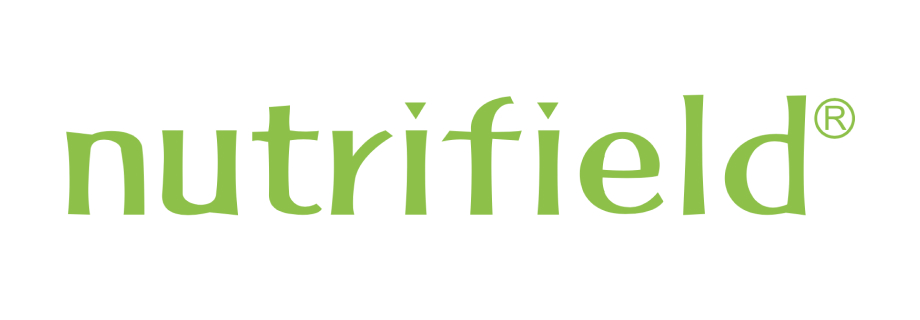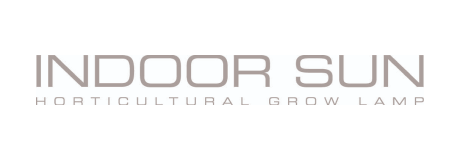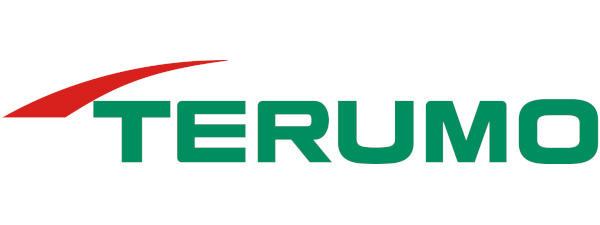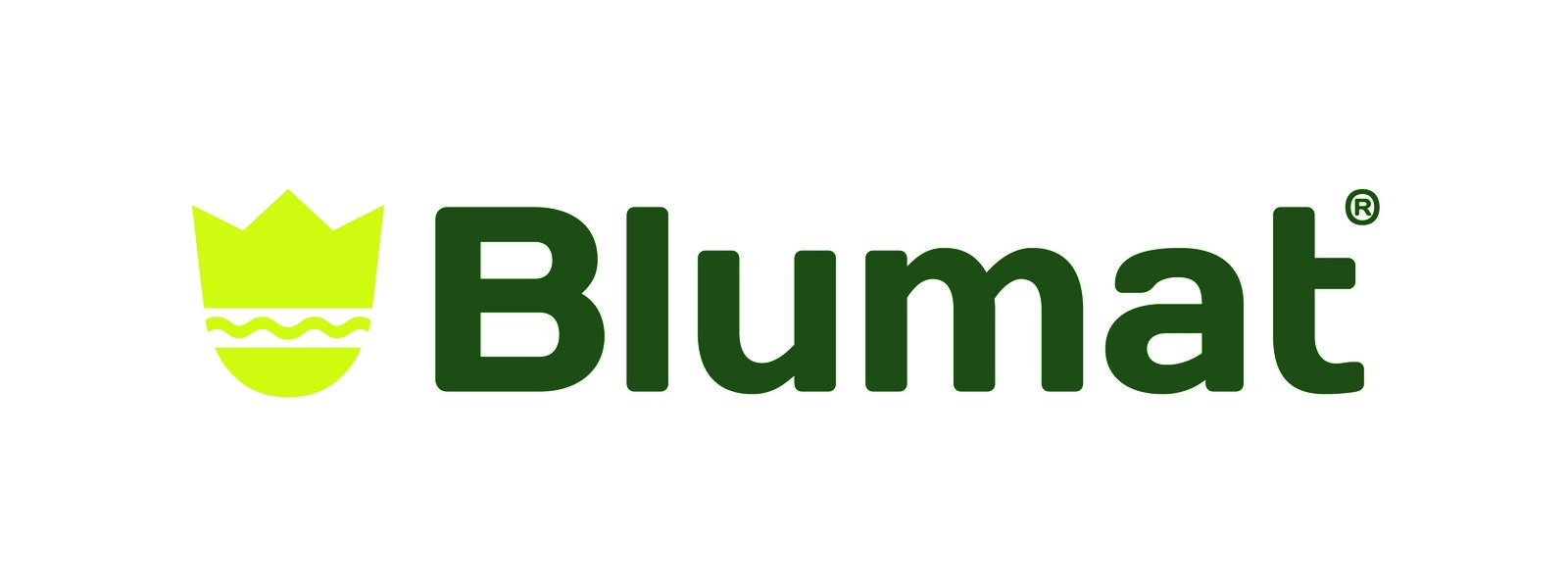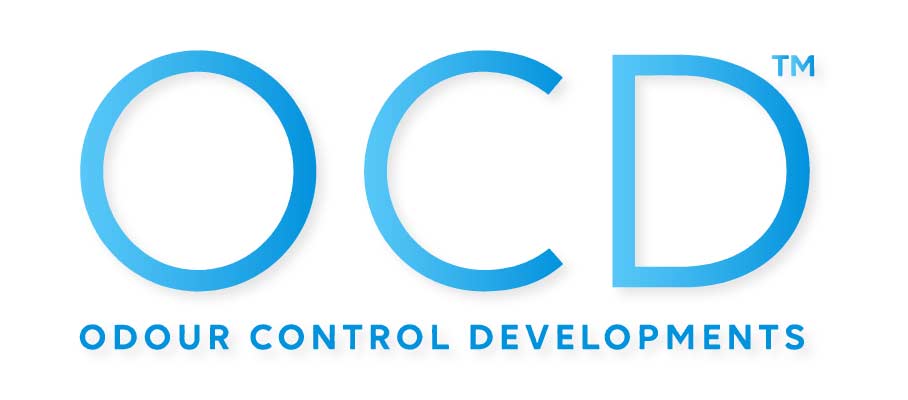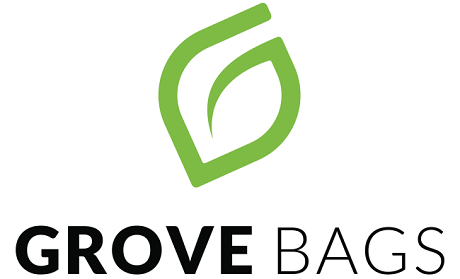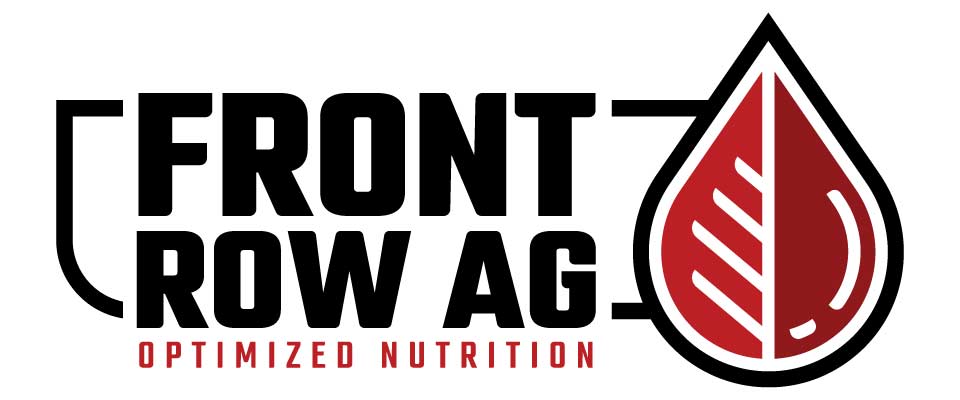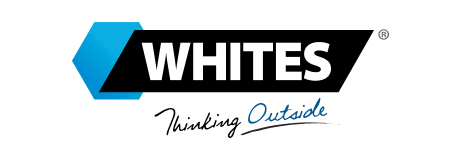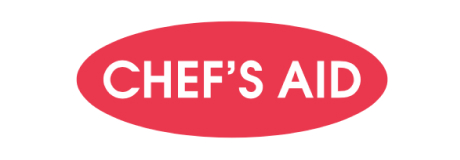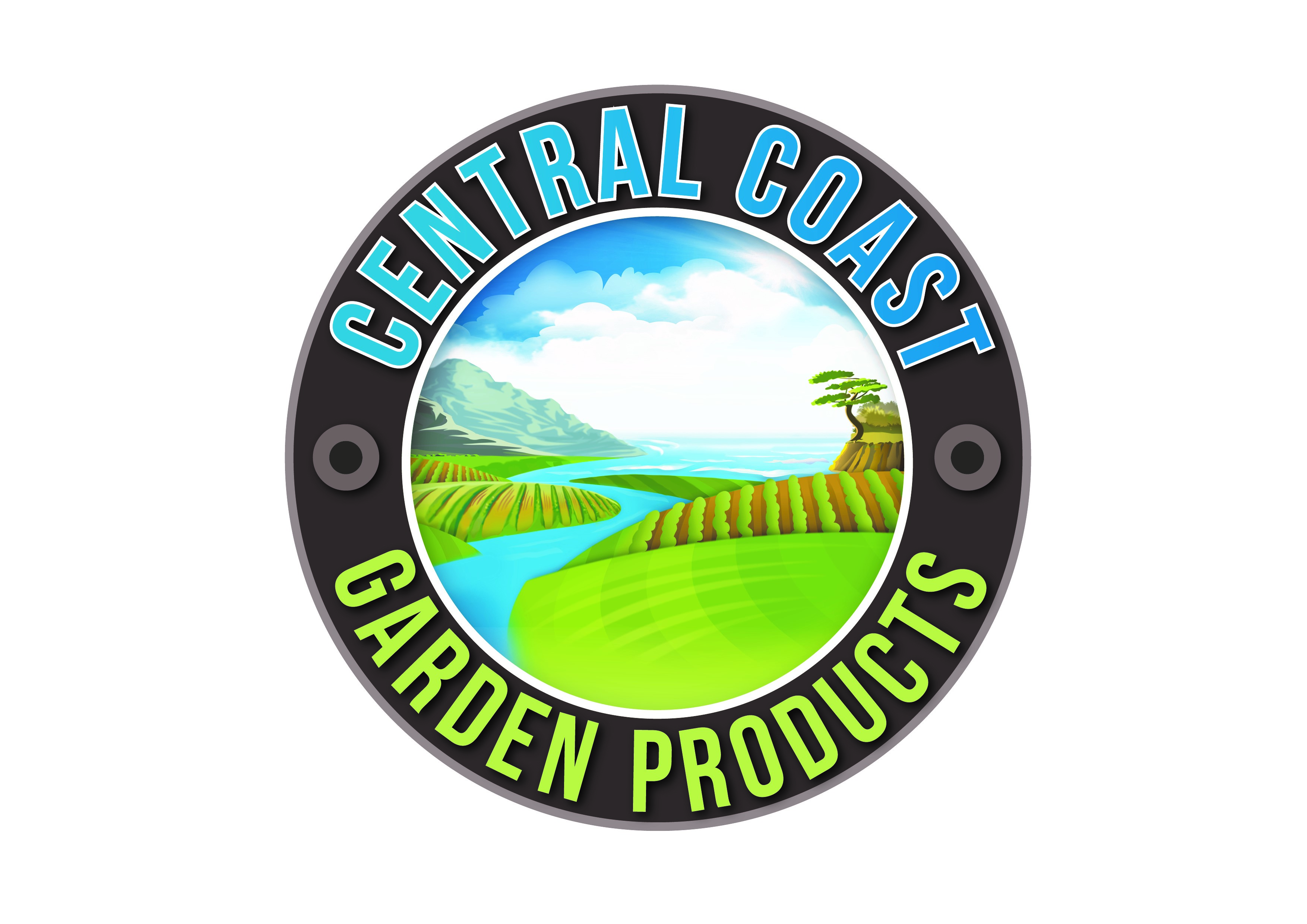One Part, Two Part, or Three-Part Nutrients: A Technical Breakdown
If you've been growing for a while, you've no doubt come across the terms 1-part, 2-part, and 3-part nutrient systems. But beyond the number of bottles, there's real chemistry behind why nutrients are formulated this way, and understanding it can help you avoid common pitfalls, feed more effectively, and push your plants further.
Let's unpack the science behind nutrient parts and explore which system best suits your medium, setup, and growing style.
What Does "Parts" Actually Mean?
In plant nutrition, "parts" refer to the number of individual solutions required to apply a full-spectrum fertiliser across the life cycle of your crop. A 1-part nutrient aims to include everything in a single bottle. A 2-part system separates those elements into two containers, typically labelled A and B, and a 3-part system goes further, splitting the nutrients into Grow, Micro, and Bloom.
These separations aren't just for convenience or marketing. They exist because specific ions, such as calcium and phosphate or calcium and sulphate, are chemically incompatible at high concentrations. If mixed together in a concentrated solution, they can bind and fall out of solution, forming insoluble salts, which means they're no longer available to your plant. So the "parts" in a nutrient system are as much about solubility and compatibility as they are about feeding strategies.
1-Part Nutrients
A 1-part nutrient system is typically designed for growers using buffered media, such as potting mix or soil blends. In these systems, the entire NPK profile, plus trace elements, is stabilised in a single formula. The reason this is possible is due to lower concentrations and the use of chelating agents such as EDTA (Ethylenediaminetetraacetic acid) or DTPA (Diethylenetriaminepentaacetic acid), which help to prevent unwanted ionic reactions. Stabilisers and pH buffers are also often added to keep the solution plant-available.
These formulations work best in soil or heavily buffered substrates, where the medium helps regulate pH and nutrient exchange. In systems like coco or hydroponics, however, the limitations of a 1-part product become more apparent, especially when trying to maintain ideal calcium and phosphorus levels or to push higher EC values without causing imbalances.
If you're looking for a solid 1-part nutrient, FloraMax Veg-1 is our pick. It's not only suitable for soil but also coco and hydro, thanks to its exceptional pH stability and stabilised calcium profile. For soil-specific growing, CANNA Terra Vega and Terra Flores offer veg and bloom solutions designed specifically for the nutrient-exchange characteristics of soil media, delivering consistent results without over complication.
2-Part Nutrients
A 2-part system (sometimes known as 4-Part Nutrients) takes nutrient formulation a step further by physically separating reactive ions into two compatible groups. Part A typically contains calcium, nitrate, and some micronutrients. Part B contains phosphorus, potassium, magnesium, sulphur, and the remaining trace elements. By keeping calcium and phosphate in separate bottles, for example, the risk of precipitation is eliminated — until they're diluted into your reservoir, where concentrations are low enough to remain in solution.
This method allows for more effective formulations and is particularly ideal for coco coir and hydroponic systems, where plants require quicker nutrient uptake and greater control over their nutrient environment. Coco coir, specifically, has strong interactions with calcium and potassium due to its cation exchange properties. A two-part nutrient system ensures that these elements are readily available and that the pH remains stable throughout the feeding cycle. To avoid any issues, always add Part A to your water first, stir thoroughly, and then add Part B. This specific mixing order is crucial, as it prevents direct contact between incompatible ions in concentrated form.
Growers looking for high-performance two-part nutrient systems often choose Emerald Harvest Cali Pro Grow A/B and Bloom A/B. These professional-grade formulations are rich in chelated trace minerals, kelp, and amino acids, allowing for aggressive feeding and precise control over nutrient delivery. Another excellent option is Nutrifield Coco A/B, which is particularly popular among coco growers due to its simplicity, solubility, and consistent pH behaviour.
3-Part Nutrients
If you're growing in a high-performance system, such as deep-water culture or recirculating drain-to-waste, or if you're managing multiple plants with unique nutritional demands, a 3-part system offers unmatched flexibility. Here, nutrients are split into Grow, Micro, and Bloom bottles.
The key component is the Micro bottle, which contains calcium and the bulk of the trace elements. It's always added to the reservoir first, allowing it to dilute properly and prevent binding reactions when the Grow or Bloom parts are added afterwards. This order matters; skipping it or adding everything at once can lead to lockouts and micronutrient deficiencies, especially with iron and manganese.
The strength of a 3-part system lies in the ability to adjust nitrogen levels independently from phosphorus and potassium, or to create custom transitional feeds during pre-flower, late flower, or stress recovery. It also allows for environment-specific tweaking; for example, reducing nitrogen in high-heat conditions to prevent stretch, or boosting magnesium in LED environments where chlorophyll demand is higher.
Our favourite 3-part systems are Front Row A/B/Bloom and Emerald Harvest Grow/Micro/Bloom. Front Row is a high-efficiency system designed for growers seeking control and cost-effectiveness. Emerald Harvest's 3-part system combines precision chemistry with organic inputs, including fulvic acid, molasses, and kelp, ideal for growers seeking performance with a biological edge.
Practical Considerations for All Systems
No matter how many parts your nutrient system has, there are a few foundational rules to follow if you want to avoid deficiencies, lockouts, or wasted nutrients.
To get the most out of your nutrient system and avoid common pitfalls, keep these fundamentals in mind:
• Always mix nutrients into water — never mix concentrates directly. This prevents precipitation reactions that can lock nutrients out before they reach your plants.
• In 3-part systems, always add the Micro component first. This allows calcium and trace elements to fully dilute before adding Grow or Bloom parts.
• Monitor your water quality. Hard water with high calcium or bicarbonate levels can throw off your nutrient ratios and pH stability.
• Check pH and EC regularly, especially in coco and hydro. These systems are less forgiving than soil and can accumulate salts quickly if left unchecked.
• Aim for the correct root-zone pH for your medium:
• Soil: pH 6.2–6.5
• Coco: pH 5.8–6.2
• Hydro: pH 5.5–6.0
Even a well-balanced formula can create issues without proper runoff; therefore, periodic flushing is recommended, especially in recirculating or high-frequency fertigation systems.
Which One Is Best?
It depends entirely on your medium, environment, and the level of control you want. For simplicity, especially in soil, a 1-part nutrient, such as FloraMax Veg-1 or CANNA Terra, is more than enough. If you're running a coco or a drip-to-waste hydro setup, a 2-part like Nutrifield Elements or Cali Pro offers a strong, balanced foundation. And if you're ready to dial in feeding schedules to the gram and match ratios to strain demands or flowering windows, a 3-part system like Front Row or Emerald Harvest gives you that control.
At the end of the day, it's not about how many bottles are on your bench; it's about how consistently you deliver the right nutrition to your plants in a form they can actually absorb.
If you need help choosing a nutrient system that matches your setup, reach out to our team or visit your local Hyalite store. We'll help you find the right feed program to get the best from your plants.



